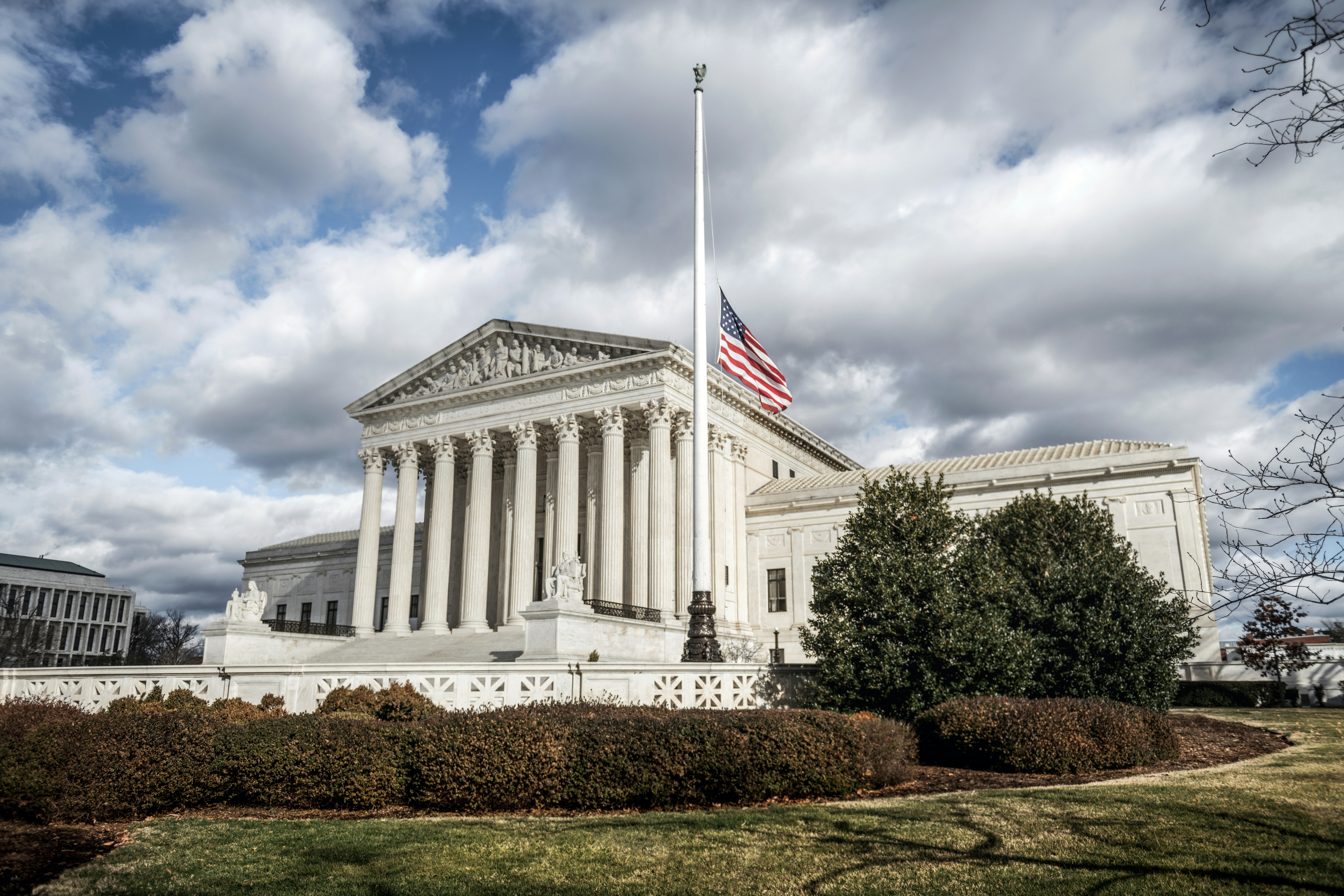Unpacking the Implications of Gerrymandering in American Politics
Gerrymandering is a contentious issue in the world of American politics. A practice fraught with controversy, it has profound implications for democracy. This article delves into the history of gerrymandering, its current status, and its consequences for society.

The Historical Context of Gerrymandering
The term “gerrymandering” stemmed from a political cartoon published in 1812. The cartoon depicted a district in Massachusetts, redrawn under the governorship of Elbridge Gerry, in the form of a mythical salamander. This manipulation of electoral boundaries to favor one party over another is a practice that has persisted for over two centuries.
In its early days, gerrymandering was a relatively simple process. Political leaders redrew district lines to favor their parties, often with little opposition. However, as the country grew and its political landscape evolved, gerrymandering became more complex. It began to involve intricate strategies and mathematical models, making it a far more potent tool for manipulating political power.
Gerrymandering in Today’s Political Landscape
In the modern era, gerrymandering has become a sophisticated tool in the hands of political strategists. Advances in technology have enabled politicians to map out districts with surgical precision, ensuring their party maintains an advantage. This has led to a situation where politicians are effectively choosing their voters, rather than voters choosing their politicians.
Recent years have seen several court rulings related to gerrymandering. In 2019, the Supreme Court ruled that federal courts cannot intervene in partisan gerrymandering cases. This decision has left the control of redistricting largely in the hands of state legislatures, leading to concerns about increased partisan manipulation.
The Impact of Gerrymandering on Society
Gerrymandering has profound implications for the democratic process. By allowing politicians to cherry-pick their voters, it undermines the principle of equal representation. This can lead to political polarization, as politicians cater to their base rather than striving to appeal to a broad cross-section of voters.
Furthermore, gerrymandering can discourage voter participation. When the outcome of an election is essentially predetermined through the manipulation of district lines, it can lead to voter apathy and decreased turnout. This can further skew the balance of power, as lower turnout rates often favor the party in power.
Legal Discussions and Future Implications
With the Supreme Court’s ruling effectively taking the federal judiciary out of the equation, the onus is on state legislatures to address gerrymandering. Some states have already taken steps to curb the practice. For instance, California and Arizona have established independent commissions to oversee the redistricting process.
Constitutional amendments have also been proposed as a means to combat gerrymandering. However, such amendments require a two-thirds majority in both houses of Congress, making them difficult to pass.
The future of gerrymandering in American politics remains uncertain. What is clear, however, is that it continues to be a critical issue, with far-reaching implications for the democratic process.
Conclusion
Gerrymandering, a practice as old as the nation itself, continues to shape the American political landscape. Its impact on democracy, particularly in terms of representation and voter participation, is significant. A comprehensive understanding of this issue is essential for anyone seeking to navigate the complexities of American politics. As the country grapples with the future of gerrymandering, the political discourse surrounding this controversial practice is likely to intensify.





